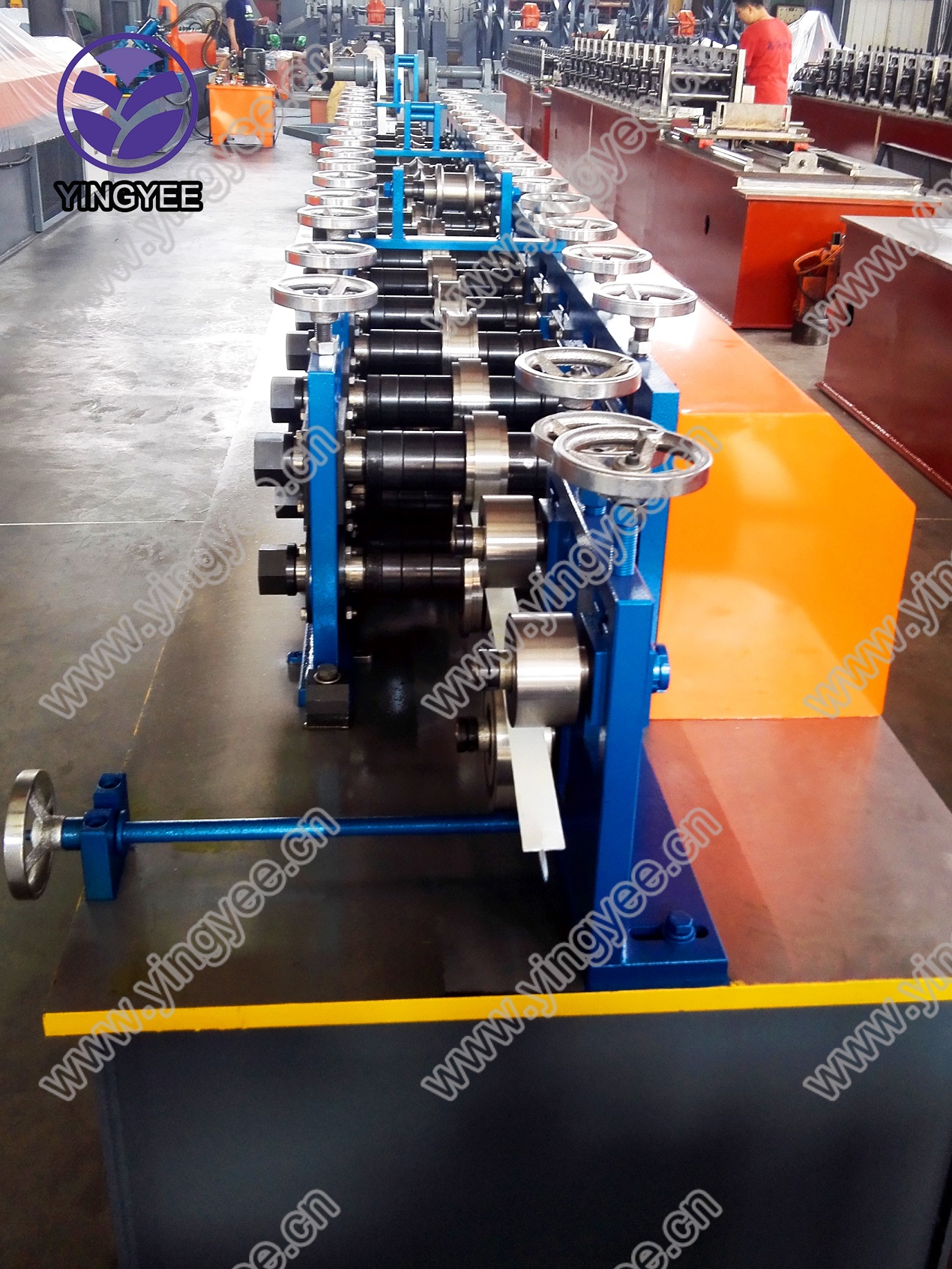
Understanding Cable Tray Machines A Crucial Element in Industrial Wiring
In the world of electrical installation and industrial wiring, the need for efficient and effective cable management solutions cannot be overstated. Among the many tools and equipment that facilitate this process, the cable tray machine stands out as a critical component. This article explores the significance, functionality, and advancements of cable tray machines in modern industries.
What is a Cable Tray Machine?
A cable tray machine is a specialized piece of equipment designed to fabricate cable trays, which are essential for supporting and organizing electrical wires and cables within buildings, factories, and various infrastructures. Fabricated from materials such as steel and aluminum, cable trays offer a robust solution for managing wiring systems while ensuring safety and compliance with regulations.
Importance of Cable Tray Machines
In industrial settings, the proper management of electrical cables is vital for several reasons. First and foremost, it prevents safety hazards such as electrical fires, overloads, and accidents resulting from tangled or improperly secured cables. Effective organization of cables also makes maintenance and troubleshooting far simpler, contributing to reduced downtime and improved operational efficiency.
Cable tray machines play a significant role in ensuring that these trays are produced rapidly and accurately. With the ability to customize tray designs according to specific requirements — including the size, shape, and load capacity — manufacturers can meet the diverse needs of various industries. This adaptability not only enhances the functionality of the installed cable management systems but also optimizes space usage and aesthetic appeal.
How Cable Tray Machines Work

Cable tray machines employ advanced technology to automate the manufacturing process. Initially, raw materials such as metal sheets are fed into the machine, which cuts and bends the sheets into the desired shapes. Some machines are equipped with features like CNC (Computer Numerical Control) for precision cutting and forming, ensuring consistency and high-quality outputs.
The typical stages of operations include metal preparation, shaping, forming, and surface treatment options such as powder coating or galvanization to prevent corrosion. Depending on the model, a cable tray machine can produce various styles of trays, including perforated trays, solid-bottom trays, and ladder trays, each serving different applications.
Innovations in Cable Tray Machines
Advancements in technology have continually improved the efficiency and effectiveness of cable tray machines. With the integration of Industry 4.0 concepts, modern machines are now equipped with smart features such as IoT connectivity, real-time monitoring systems, and data analytics. These innovations allow manufacturers to optimize their production processes, predict maintenance needs, and enhance overall efficiency.
Furthermore, the rise of sustainable practices has led to developments in the materials used for cable trays and their manufacturing process. Now, manufacturers are focusing on eco-friendly materials and practices, reducing waste and energy consumption. This shift towards sustainability not only aligns with global trends but also meets customer demand for environmentally responsible products.
Conclusion
In conclusion, cable tray machines are essential instruments in the realm of electrical management and installation. Their ability to create robust, customized cable trays contributes significantly to safety and efficiency in various industries. As technology continues to advance, the future of cable tray machines promises even greater efficiency, sustainability, and innovation, solidifying their role as a cornerstone in modern electrical infrastructure. Investing in high-quality cable tray machines is therefore paramount for businesses looking to enhance their operations and ensure safe cable management practices.